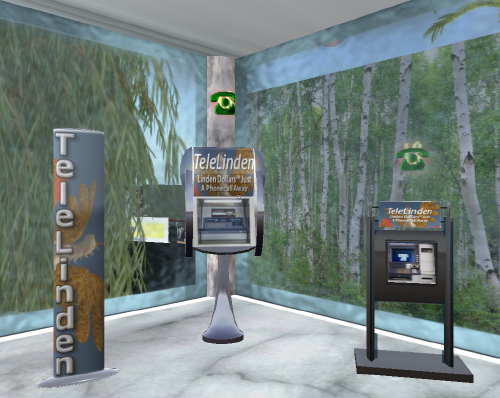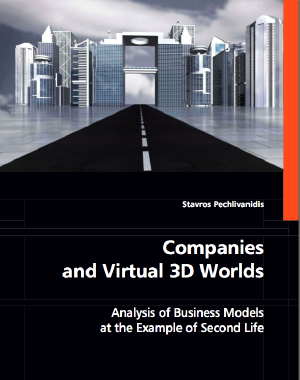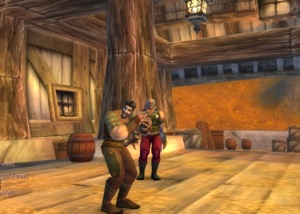Two of our more popular features each week are our weekly mainstream news roundup, The Watch, and our weekly does of machinima, Weekend Whimsy. The former runs Mondays, the latter Fridays.
We’ve decided to add a new feature that will run in the middle of the week, called Merged Realities. It will be a handful of links to virtual world events, real-world events and non-mainstream coverage of virtual worlds issues. If you have an event that you think will be of interest, contact us with details. Either use our contact form or DM us on Twitter. If it’s Second Life related, feel free to IM Lowell Cremorne.
Onto the inaugural edition:
1. Mandy Salomon, Senior Researcher at the Smart Services Cooperative Research Centre, is giving a presentation on Second Life to the Women in Information & Communication Breakfast Series – if you’re Canberra based this is worth checking out.
2. Metaplace are having a stress test of their platform. If you’re a beta tester, you should have received an email with the details, otherwise log in to Metaplace to find out more. The stress test starts at 1pm PST on Thursday Feb 5th, which is 8am Friday the 6th of February AEDT.
3. Dancing Ink Productions have released the findings from their Understanding Islam through Virtual Worlds project, conducted in partnership with the Carnegie Council for Ethics in International Affairs. I particularly like the graphic novel option for the findings.

4. The Synthetic Worlds Initiative at Indiana University is out its Greenland world into open beta:
To test some ideas, we have prepared a browser-based game of kingdoms, trade, diplomacy, and warfare in the stone age. The world is called Greenland and it enters open beta today. We invite those interested in such things to help us by testing the environment and contributing reactions and criticism to the forums.
To enter Greenland, go to http://greenlandgame.com/ and choose the Mercator server (the other two servers are closed for internal testing).You will need a code to register for the server; it is GLOPENACCESS.
5. Check out this superb video of avatars as music-makers (via New World Notes):
Bandbots – Second Life Musical Avatars from Chantal Harvey on Vimeo.

 There’s an ever-growing pile of books on virtual worlds available, ranging from tour guides to detailed ethnography.
There’s an ever-growing pile of books on virtual worlds available, ranging from tour guides to detailed ethnography. A survey
A survey 
Recent Comments